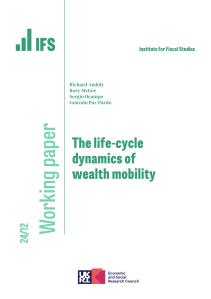Abstract
We examined wealth inequalities in disability, taking into account the effect of both depression and social support among older English adults using data from 5,506 community-dwelling people aged 50 years and over from the English Longitudinal Study of Ageing (ELSA). Disability was measured as self-reported limitations in the Basic Activities of Daily Living (ADL) and Instrumental Activities of Daily Living (IADL). Depressive symptomatology was measured using the 8-item Center for Epidemiological Studies-Depression (CES-D) scale. Social support was assessed by marital status and frequency of contact with friends, relatives or children. Multinomial logistic regression models were used to assess the role of social support and depressive symptoms on disability by total household wealth, which is a measure of accumulated assets over the course of life. Our findings showed that the poorest men with disability were more likely to live without a partner and have no weekly contact with children, family or friends compared to the wealthiest. Among women with disability, the poorest were more likely to report loneliness and have no partner while the wealthiest and the intermediate groups were more likely to be living with a partner. There was a strong inverse dose-response association between wealth and depressive symptoms among all participants with disability. This study shows a clear wealth gradient in disability among older English adults, especially for those with elevated depressive symptoms.








